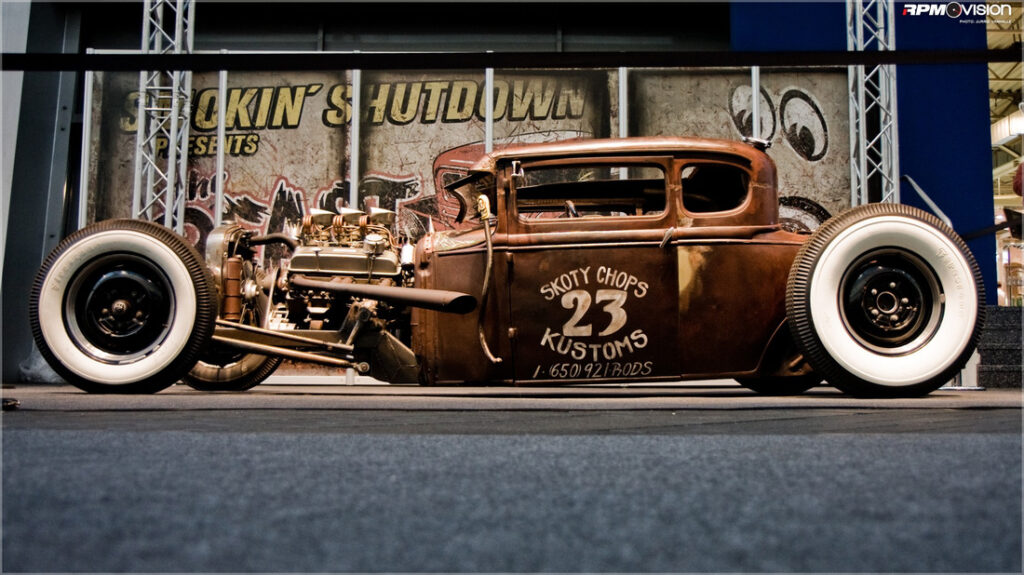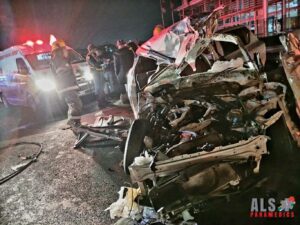
When hot rodding initially began, it was limited to owner-built vehicles completed by hand in their garages. As time passed, hot rodding got increasingly expensive, and instead of being built by the owner, people began paying famous builders to create the custom hot rod of their dreams. It became less about creating your own one-of-a-kind bike and more about hiring someone to create something “perfect” with pricey paint treatments and highly tuned engines centred on horsepower and bragging rights. These new hot rods were extremely expensive and rarely driven, fully contradicting what hot rodding was supposed to be.
To counteract this development, the rat rod culture emerged. Rat rods are the anti-hot rod; the emphasis is on keeping the cost of construction low, fitting enormous engines in tiny cars, and preserving rusted parts and patinas rather than bright paint and chrome. Most rat rods have pre-1960s automobile bodywork mounted on custom chassis, and electronics must be kept to a minimum. Modifications to the car body typically include “chopping” and “raking”. Chopping reduces the height of the roof, giving it a low and mean image, whereas raking angles back the windscreen to accentuate the car’s angry expression.
Modifications to the car body typically include “chopping” and “raking”. Chopping reduces the height of the roof, giving it a low and mean image, whereas raking angles back the windscreen to accentuate the car’s angry expression. The frames used are either small truck frames or custom-made frames that have been modified to sit extremely low to the ground; in many cases, the frames are so low that the car’s ability to negotiate over speed bumps is severely limited. Engines are typically small block v8s and diesels, although many other sorts of engines can be employed as long as they are noisy and powerful. Rat rods also have exposed wheels, missing body panels, and no fenders.



